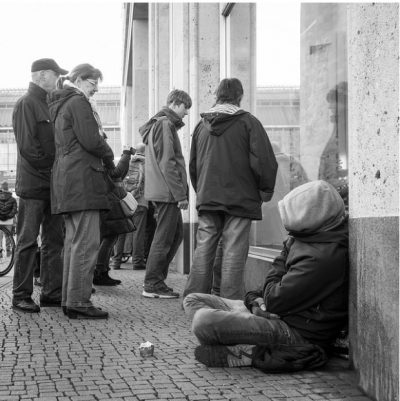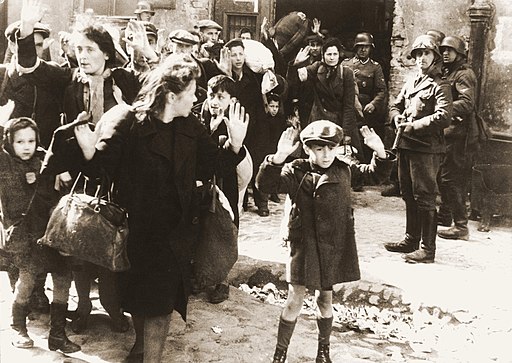Psychological Reactions to Unfair Behavior
Things seem fair and just when we see that balances in rewards and costs are occurring, but things seem unfair and unjust when rewards and costs are not balanced. The preference for fairness has been proposed to be a basic human impulse (Tyler & Blader, 2000), and when we perceive unfairness, we also experience negative emotional responses in brain regions associated with reward and punishment (Tabibnia, Satpute, & Lieberman, 2008). The experience of unfairness is associated with negative emotions, including anger and contempt, whereas fairness is associated with positive emotions.
Humans believe in the importance of fairness in part because if we did not, then we would be forced to accept the fact that life is unpredictable and that negative things can occur to us at any time. Believing in fairness allows us to feel better because we can believe that we get what we deserve and deserve what we get (e.g., just world hypothesis). These beliefs allow us to maintain control over our worlds. To believe that those who work hard are not rewarded and that accidents happen to good people forces us to concede that we too are vulnerable.
One way to create a “just world” is to reinterpret behaviors and outcomes so that the events seem to be fair and one way that people do this is by blaming the victim (Lerner, 1980). Blaming the victim means interpreting the negative outcomes that occur to others internally so that it seems that they deserved them. When we see that bad things have happened to other people, we tend to blame the people for them, even if they are not at fault. We may believe that poor people deserve to be poor because they are lazy, that crime victims deserve to be victims because they were careless, and that people with AIDS deserve their illness. In fact, the more threatened we feel by an apparent unfairness, the greater is our need to protect ourselves from the dreadful implication that it could happen to us, and the more we disparage the victim.

We learned earlier about infrahumanization, which is the tendency to see outgroups as less human or as having less humanity. Infrahumaziation refers to attitudes and beliefs and dehumanization refers to behaviors that undermine the individuality, humanness and rights of others. Denying humanity in others can lead to moral judgements and dehumanization may be a consequence, as well as a cause of harmful behavior against individuals deemed as immoral (Bastian, Laham, Wilson, Haslam, & Koval, 2010; Bastian et al., 2011). For example, someone who violates social, cultural, religious norms can be viewed as immoral, which can initiate sanctions (formal and informal) as well as violence. Once an individual or group is found less human or immoral, treating them differently is seen as justified, ethical and natural. For this reason, dehumanization is viewed as a central component to intergroup violence because frequently groups or individuals who are considered immoral are treated unfairly.

Members of a minority group or other marginalized individuals and groups (e.g., sexual orientation, gender, disability, class, heritage, race) are susceptible and vulnerable to various forms of dehumanization. The Jewish Holocaust during World War II and slavery in the United States are infamous examples of dehumanization at its extreme.

